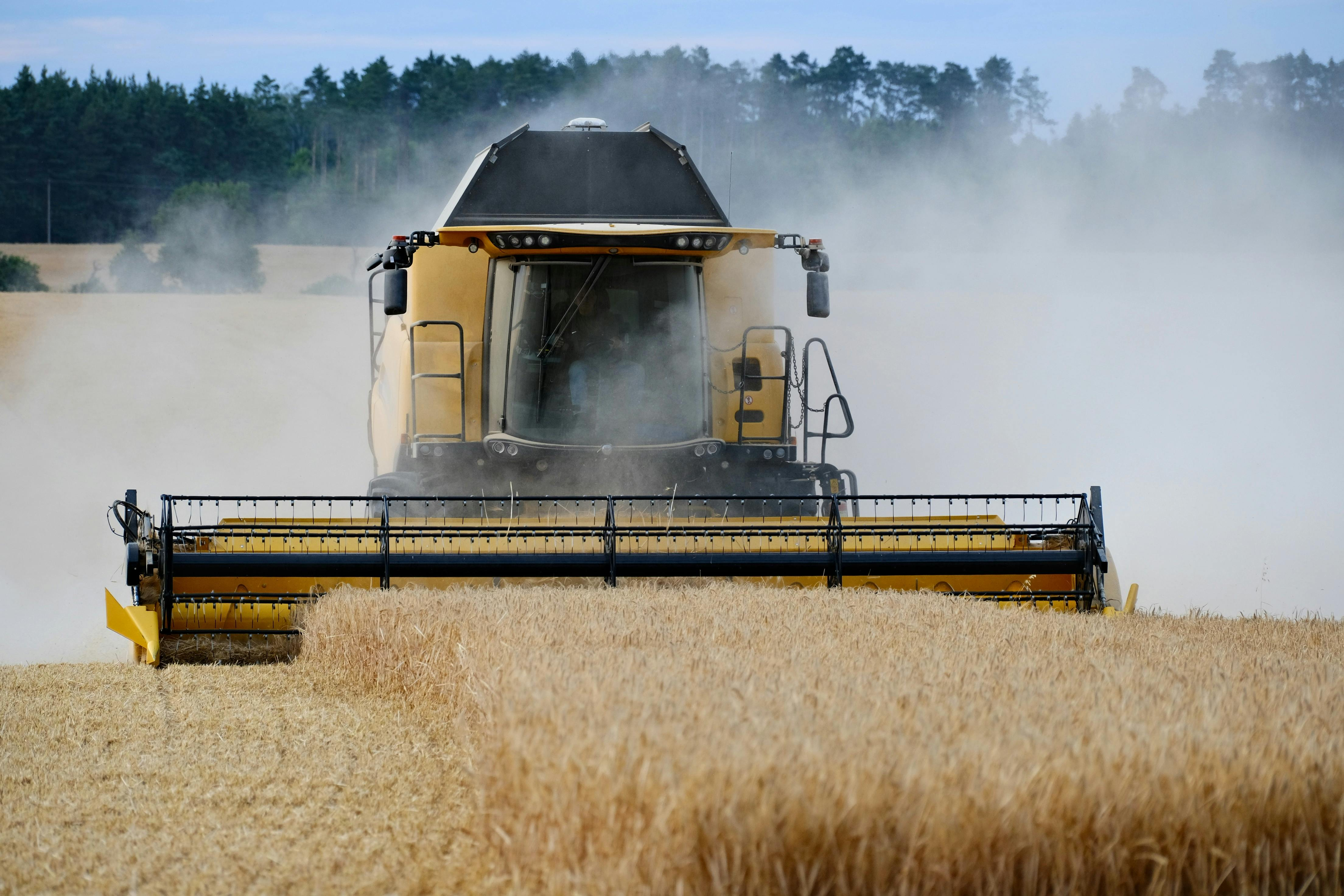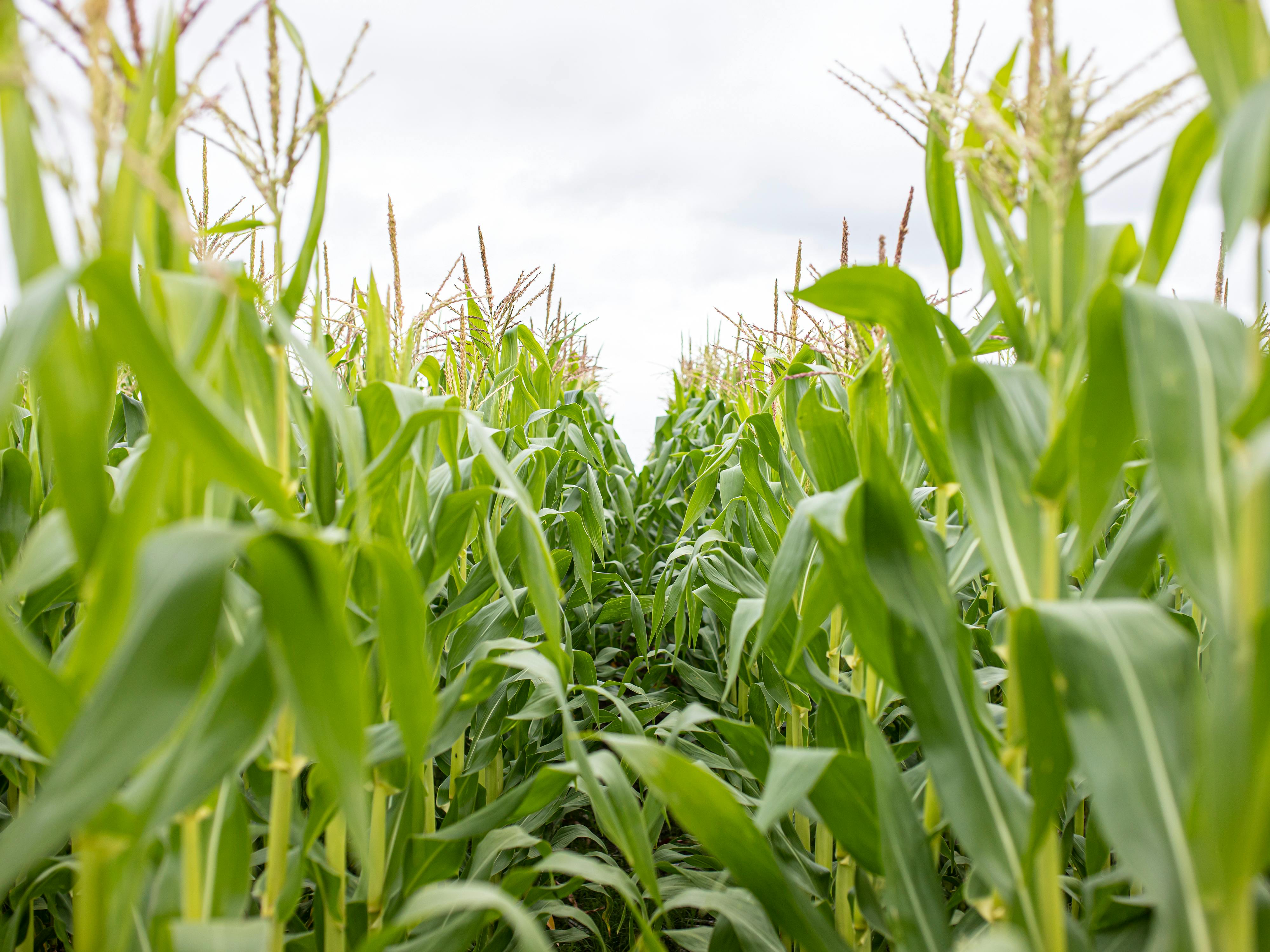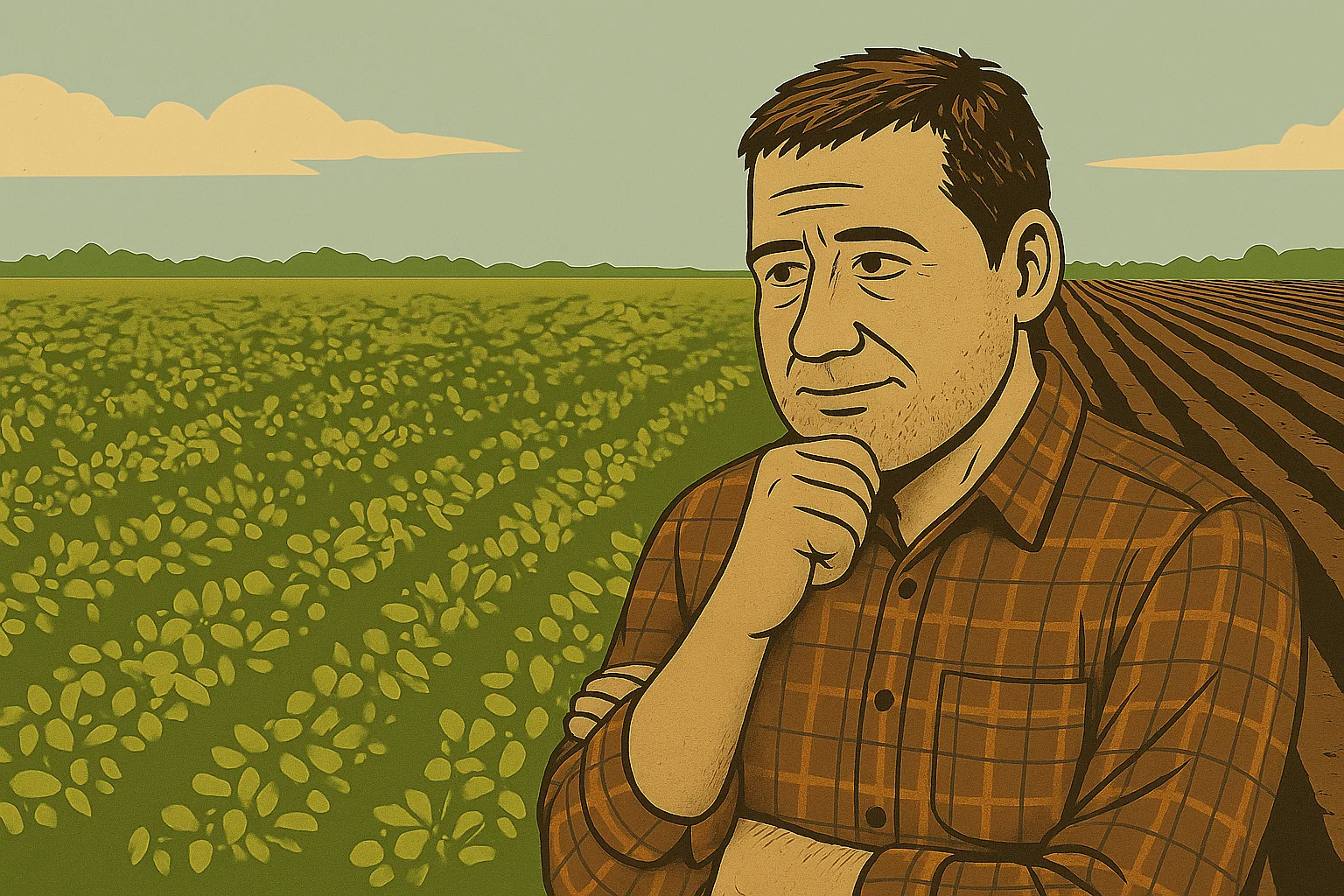Abstract
This thesis proposes a novel visualization system for communicating the timing of field operations, for example planting cover crops and strip tillage, as might be required to adopt more sustainable farming practice. Grounded in the context of increasing environmental challenges and the pressing need for conservation agriculture, this work explores the historical evolution of visualization formats and techniques, underscoring their significance and benefits across various domains, before focusing on field operations of cropping systems.
Highlighting the complexities involved in conventional and conservation agricultural practices, the study identifies significant barriers to adopting sustainable methods, including economic, operational, and informational hurdles. Attempts to identify solutions to these barriers, such as tools that can accurately depict the timing and operational requirements of agricultural field operations, revealed a gap that requires attention.
To address this gap, a Field Operations Visualizer (FOV) is proposed. This FOV is a visualization format conceptualized to address the gap in effective communication and planning of agricultural field operations, especially timing requirements. Through a design process that integrates a review of literature, stakeholder engagement, and a user-centered design approach, the thesis documents the iterative creation of the FOV. It demonstrates how this visualization can facilitate a clearer understanding of the complexities of field operations by providing additional insights compared to traditional methods.
The findings from the study reveal the FOV’s capacity to go beyond traditional communication methods, commended for its clarity in representing cropping systems, communicating time-sensitivity, conveying leeway, and identifying potential conflicts with operations. The thesis ends with a discussion on assessing the FOV and the probable broader implications of employing visualization tools in agriculture, advocating for a shift towards more informed and sustainable farming methodologies.
Conclusions and recommendations for future work suggest developing a web application based on the FOV design, making it a tool accessible to farmers and other stakeholders, and exploring the integration of the FOV with existing agricultural decision support systems.
General Introduction
Conventional row-crop farming practices have led to significant environmental challenges, including degradation of soil and water quality (Clark & Tilman, 2017). Given the pressing challenges posed by climate change and the expanding global population, an increasing number of researchers agree that conservation agriculture, characterized by crop rotation, minimal or no tillage, and the utilization of cover crops, presents a viable avenue for achieving sustainable agricultural production that is both intensified and environmentally friendly (Aune, 2012; Byrne et al., 2022; Cleland, 2013). Various conservation agricultural cropping systems have been introduced, offering a sustainable pathway for intensive farming across diverse climates (Colnenne-David & Doré, 2015; Moore et al., 2019). Some of these practices have proven to significantly lower soil erosion by 77% and reduce runoff by 50% in corn silage systems, while also cutting down nitrate leaching by 69% compared to fallow fields, according to a global meta-analysis (Nouri et al., 2022; Siller et al., 2016).
Despite the clear benefits, the wider adoption of these sustainable farming methods faces hurdles, not from farmer resistance (Coulibaly et al., 2021; Prokopy et al., 2019; Scopel et al., 2013), but due to obstacles like economic constraints, land ownership issues, lack of training, and scheduling conflicts (Myers & Wilson, 2023; Rodriguez et al., 2009).
Additionally, transitioning to these novel farming practices and systems can be particularly challenging for farmers, who often struggle with the additional time and resource demands these methods entail (Arbuckle & Roesch-McNally, 2015; Roesch-McNally et al., 2018). Despite these challenges, research by Myers & Wilson (2023) indicated a willingness among 80% of farmers who haven’t yet adopted cover cropping to consider such practices, especially if adequate technical support is available. Fortunately, challenges including a lack of technical guidance and the timing of operations are areas where agricultural research institutions and universities could provide crucial support (Sampat, 2020).
A promising strategy to overcome these obstacles involves creating a decision support system, as proposed by Dicks et al., (2014), which would provide farmers with clear and manageable insights into the scheduling and resource allocation for their agricultural tasks. Such tools, particularly those employing visualization techniques, can significantly aid in decision-making by presenting complex information in an accessible manner (Gutiérrez et al., 2019; Segelström, 2009).
Reflecting on visualization’s proven impact across various fields, such as in medical training where it significantly improved learning outcomes (Bandi et al., 2020), and in engineering design, where it aided in navigating uncertainties (Dong & Hayes, 2012), this research introduces the Field Operations Visualizer (FOV), a visual format or design to aid in planning and executing field operations, both traditional and novel, by simplifying the understanding of timing and resource requirements. The FOV, like other decision-making tools, seeks to offer aid that not only enhances farm productivity but also promotes environmental benefits (Rose et al., 2016). This thesis focuses on providing an overview of visualization – history, format, tools, and techniques, reviewing existing tools used in the communication of field operations, and developing and assessing the effectiveness of the FOV, with the ultimate goal of supporting the widespread use of sustainable agricultural practices through better communication and technical support.
Objectives
The objectives of this study are as follows: To conduct a review of the literature on existing tools employed in communicating field operations of cropping systems. To develop a comprehensive suite of approaches for visualizing farming operations, referred to as Farm Operations Visualizers (FOVs). To evaluate the effectiveness of the proposed FOVs with multiple constituencies, each time gathering data to continually enhance their effectiveness. To identify the most efficient and impactful FOV, employ it to convey the time demands of existing cropping systems, and for future integration into an open-source framework, making it accessible for others to utilize and further enhance.
Funding:
RegenPGC is supported by the Agriculture and Food Research Initiative Competitive Grant no. 2021-68012-35923 from the USDA National Institute of Food and Agriculture. Any opinions, findings, conclusions, or recommendations expressed in this article are those of the authors and do not necessarily reflect the view of the U.S. Department of Agriculture.



